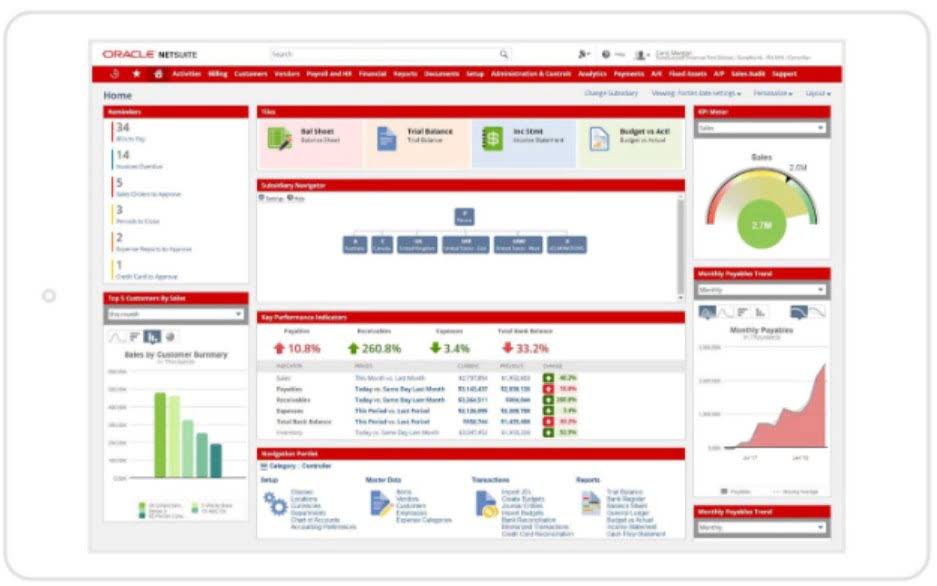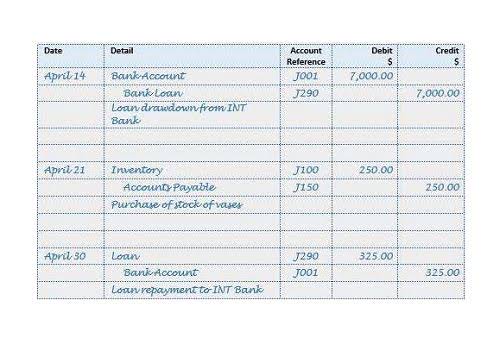
The income summary account holds a pivotal role in the financial statement analysis, serving as a bridge between temporary and permanent accounts. It is where the results of a company’s operations—revenues and expenses—are accumulated over an accounting period before being transferred to the retained earnings, which is a permanent equity account. This transfer marks the culmination of the period’s financial activities and sets the stage for the next accounting cycle. The income summary account is an important part of the accounting cycle, specifically utilized during the closing process at the end of an accounting period. This process, often referred to as “closing the books,” is performed after financial statements have been prepared. Its use ensures that all temporary accounts, which track financial activity for a single period, are reset to zero.
- This final income summary balance is then transferred to the retained earnings (for corporations) or capital accounts (for partnerships) at the end of the period after the income statement is prepared.
- An income summary account is a temporary account used in financial accounting during the closing process at the end of an accounting period.
- After all individual revenue and expense accounts have been closed into the income summary account, its balance represents the net income or net loss for the accounting period.
- If a net loss occurred, Retained Earnings is debited, and the income summary account is credited to clear its balance.
- For sole proprietorships or partnerships, this balance might be transferred to an Owner’s Capital account.
- Its purpose is to facilitate the transfer of net income or loss into a permanent equity account, such as Retained Earnings, and to prepare temporary accounts for the next accounting period.
Next Steps

Yet, it is often shrouded in misconceptions that can cloud the understanding of both novice and seasoned accountants. This account is a temporary ledger used to summarize the year’s revenues and expenses before transferring the net income or loss to the owner’s equity account. It’s a bridge between the income statement and the balance sheet, but its temporary nature and unique purpose often lead to confusion. In the realm of accounting, the classification of accounts into temporary and permanent categories is a fundamental concept that ensures the accuracy and continuity Online Accounting of financial reporting. These include revenue, expense, and dividend accounts, which are reset to zero at the beginning of each fiscal year through a process called closing.
How to Calculate Operating Working Capital?
In reality, it merely reflects the results of a specific accounting period and is cleared after its role in the closing process. From the perspective of an accountant, the income summary is the culmination of meticulous record-keeping and adherence to accounting principles. For a business owner, it translates into a clear indicator of operational success or a signal for strategic adjustments.

Accounts Payable Solutions
If the Income Summary has a credit balance (net income), the Income Summary account is debited to zero it out, and Retained Earnings is credited to increase equity. If there is a debit balance (net loss), the Income Summary account is credited, and Retained Earnings is debited, thereby decreasing equity. This final transfer zeroes out the Income Summary account, completing its temporary role and updating the company’s long-term equity.
The first step is closing individual revenue accounts; since they typically have credit balances, they are debited to zero them out. The corresponding credit entry is made to the income summary account, transferring all revenue amounts. To zero them out, each expense account is credited, and the income summary account is debited for the total expenses. These actions consolidate all QuickBooks ProAdvisor revenue and expense transactions within the income summary account, preparing it to reflect the period’s profitability or loss.
- This process is not merely about keeping a record; it’s an intricate dance of numbers that tells the story of a business’s operational performance.
- For an auditor, it’s a trail of breadcrumbs that leads to the heart of a company’s financial narrative for the period.
- Net income increases Retained Earnings, reflecting an increase in owners’ equity.
- Income summary is a holding account used to aggregate all income accounts except for dividend expenses.
- The income summary account is also used when a company chooses to close the books using an income statement.
- This transition marks the point where the efforts of one period become the foundation for the next.
Post-Closing Trial Balance and Account Status

Accounts that represent the ownership interest of each partner in a partnership, showing their contributions and share of profits or losses. Overall, in 2022, their income across all sources accounted for a mammoth $2.4 billion or $5.41 for each diluted common share. Shaun Conrad is a Certified Public Accountant and CPA exam expert with a passion for teaching. After almost a decade of experience in public accounting, he created MyAccountingCourse.com to help people learn accounting & finance, pass the CPA exam, and start their career.
How To Close?
The Income Summary account functions as a clearing account used during the closing process. Its primary role is to temporarily hold the balances of all revenue and expense accounts. To the income summary account is used to: close these accounts, each individual expense account must be credited for its full balance, bringing it to zero.

